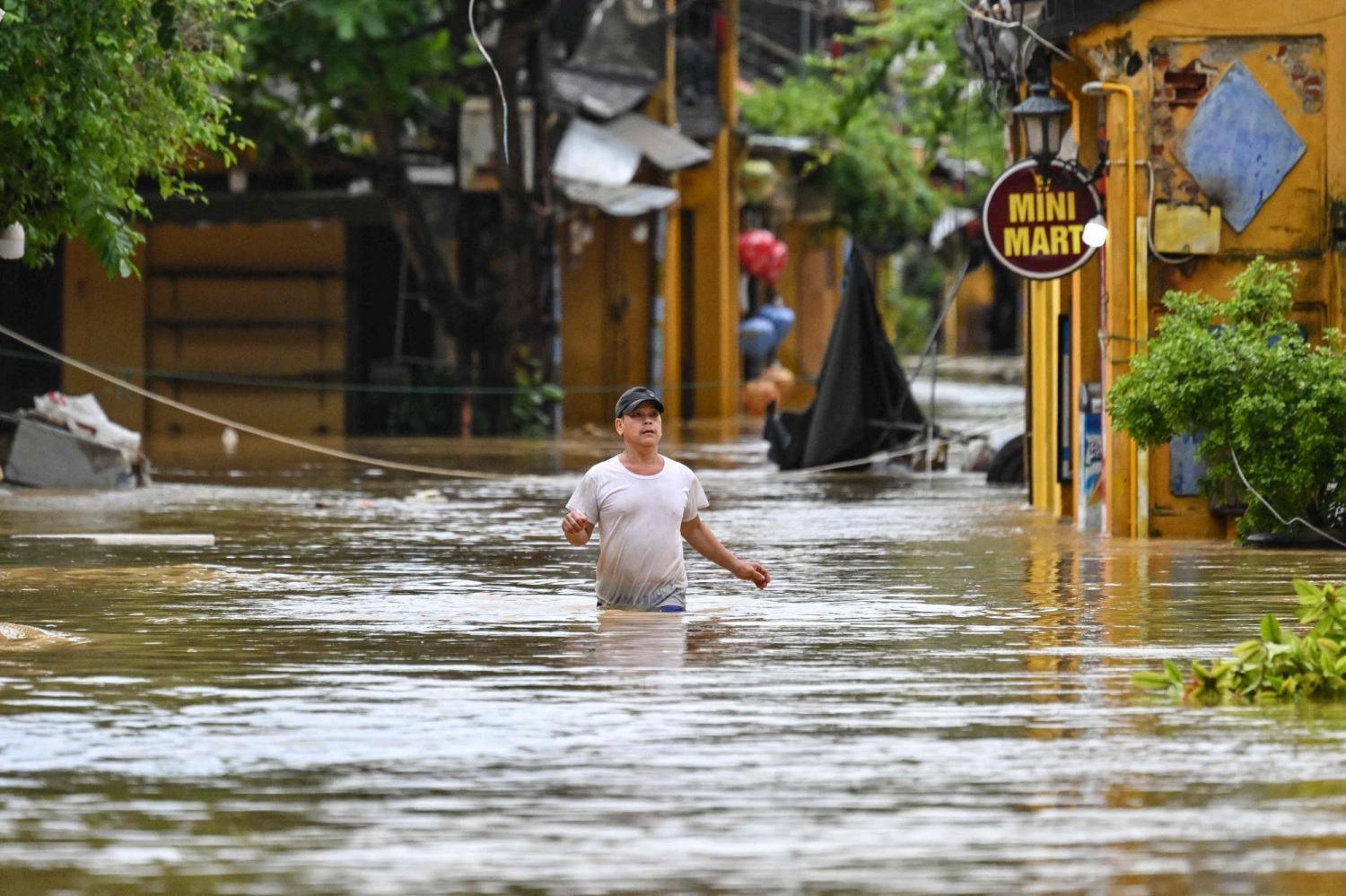VIETNAM FLOODING KILLS AT LEAST 10; CLIMATE, PLANNING FAULTED

Historic river levels inundate central provinces
Vietnam’s central coast has endured days of extreme rain, with authorities confirming at least 10 deaths and eight missing as water levels reached a 60-year high near tourist hubs. The ancient town of Hoi An and surrounding provinces saw as much as 1.7 meters of rain in 24 hours, swamping more than 128,000 homes and forcing evacuations. Rivers burst banks, roads vanished under brown torrents, and power cuts spread as substations went under. Officials said rescue teams were prioritizing elderly residents and families in low-lying wards where flood depth hit three meters. Initial assessments point to infrastructure losses in transport and agriculture that will take months to tally.
Climate signal meets urbanization gap
Experts say climate change is intensifying downpours in a region already prone to typhoons, while rapid urbanization has paved over drainage and amplified runoff. In Hoi An’s heritage zones, canals clogged by sediment and construction waste worsened backflow, local officials admitted. The disaster is also testing Vietnam’s flood governance model, which relies on provincial early warnings and river-basin coordination. Calls are growing for stricter building codes in floodplains, larger retention basins, and transparent land-use audits. As rains ease, health teams are deploying to prevent waterborne disease. Tourism operators, counting cancellations, hope to reopen before peak winter season but warn that repair timelines for roads and bridges will dictate recovery.





















